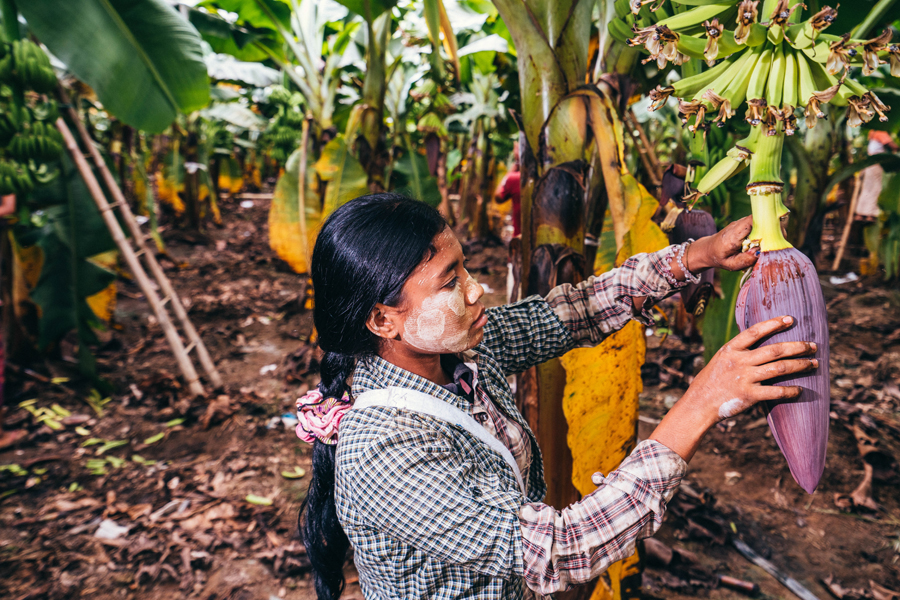On Myanmar border, a city thrives


Opening-up has played a key role in the economic development of Tengchong, Yunnan province, both in the past and today, local authorities say.
"It is not hard to see that all the economically active periods in Tengchong's history were those when we had close contacts and deep exchanges with South and Southeast Asia, and the times of weaker economy were often when such contacts were weakened or interrupted for various reasons," said Liu Pincheng, vice-head of Tengchong's bureau of business and trade. The principle continues to work today, Liu said.
Tengchong is located along the Myanmar border. Historically, it served as a key transportation hub along the Silk Road in Southwest China.
The county town is about 200 km from Myitkyina, capital of Myanmar's Kachin state.
Border trade prospered in Tengchong during the 19th and early 20th centuries, with cargo-laden horses trudging along the trading routes between Tengchong and northern Myanmar year-round.
Tengchong became a base for commerce for many Chinese and foreign businesspeople. More than a dozen international companies were set up in Tengchong. Imports and exports from the city accounted for 30.5 percent of the foreign trade in Yunnan in 1929.
Since China began its policy of reform and opening-up in the late 1970s, Tengchong has been taking advantage of its location, Liu said.
In the 1980s and '90s, its economy saw rapid development soon after border trade was restarted.
The timber business alone attracted nearly a thousand import and manufacturing companies to Tengchong, bringing in a tidal wave of people, logistics concerns and capital, all of which contributed to the area's development, Liu said.
In addition, the jade industry was one of the major foreign-oriented industries. Tengchong was once the largest import and processing base for jade in China.
In recent years, the city has sought to take advantage of opportunities brought by the Belt and Road Initiative, as well as by an economic corridor connecting China, Myanmar, Bangladesh and India.
It sped up transformation in the direction of its trade and development to suit the new economic trends.
"Tengchong's import and export trade has basically formed a new and balanced structure, with imports including agricultural products and minerals, and exports such as engineering machinery, building materials and daily provisions," Liu said, adding that trade between residents along the border has seen rapid growth in recent years, too.




































